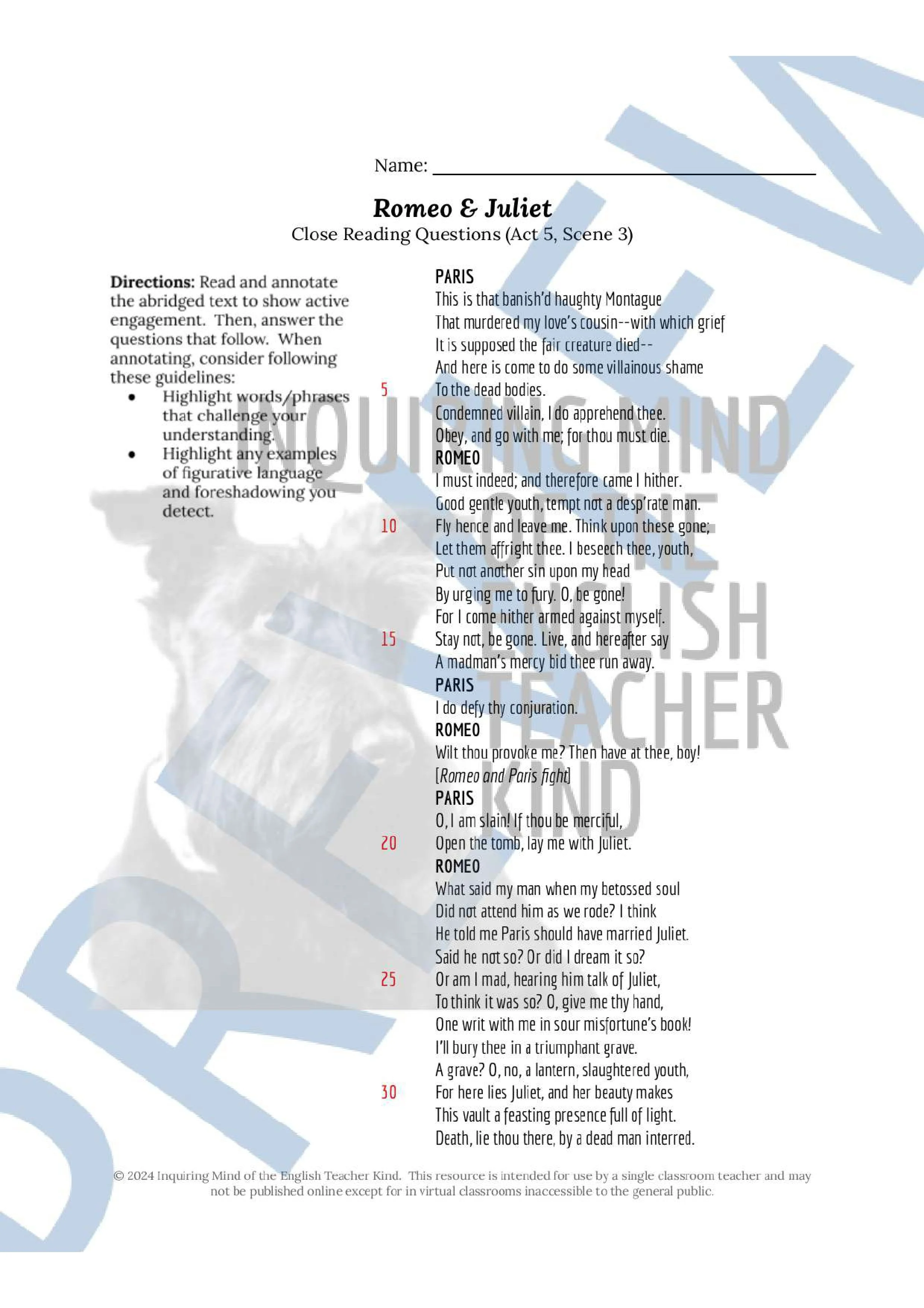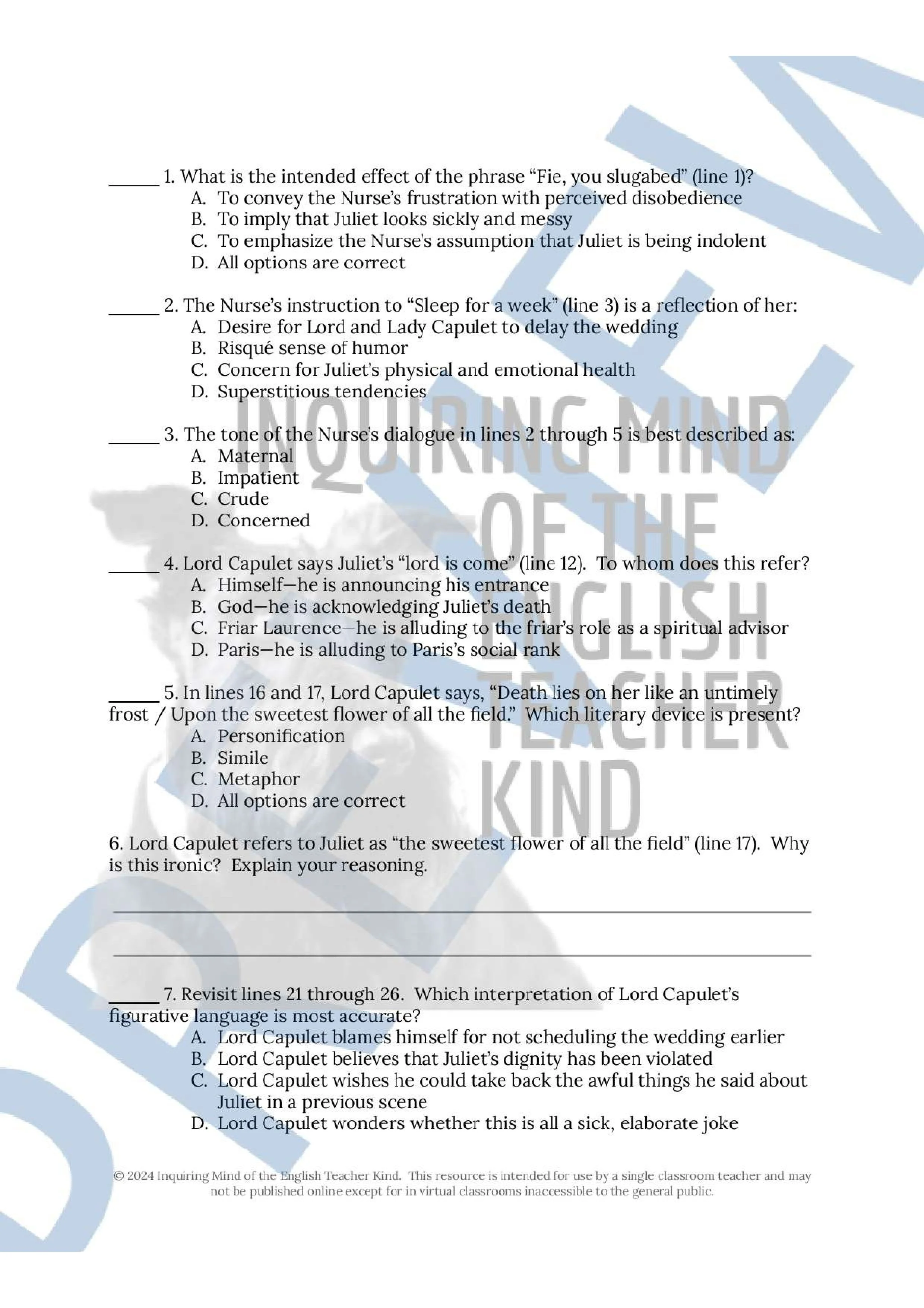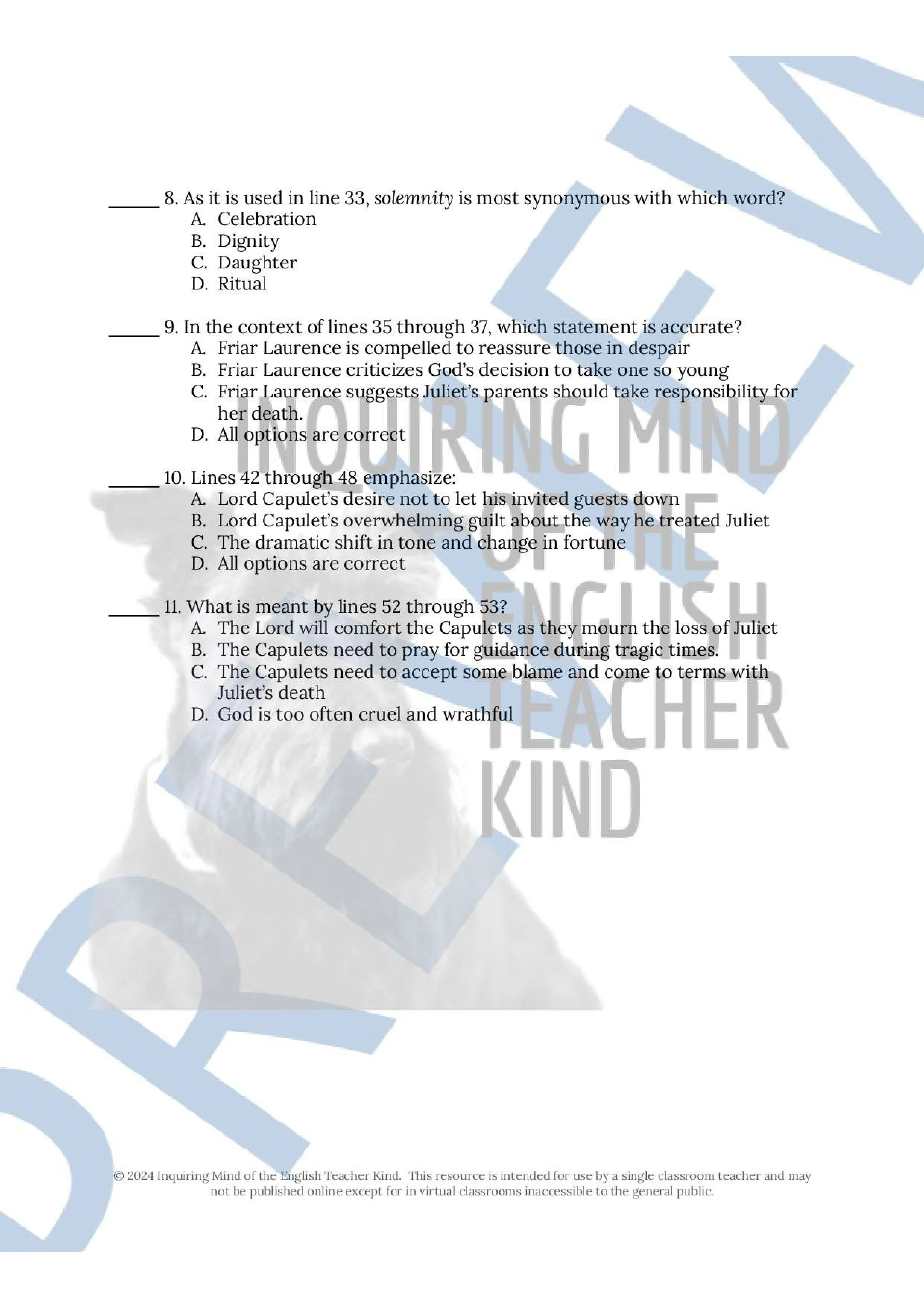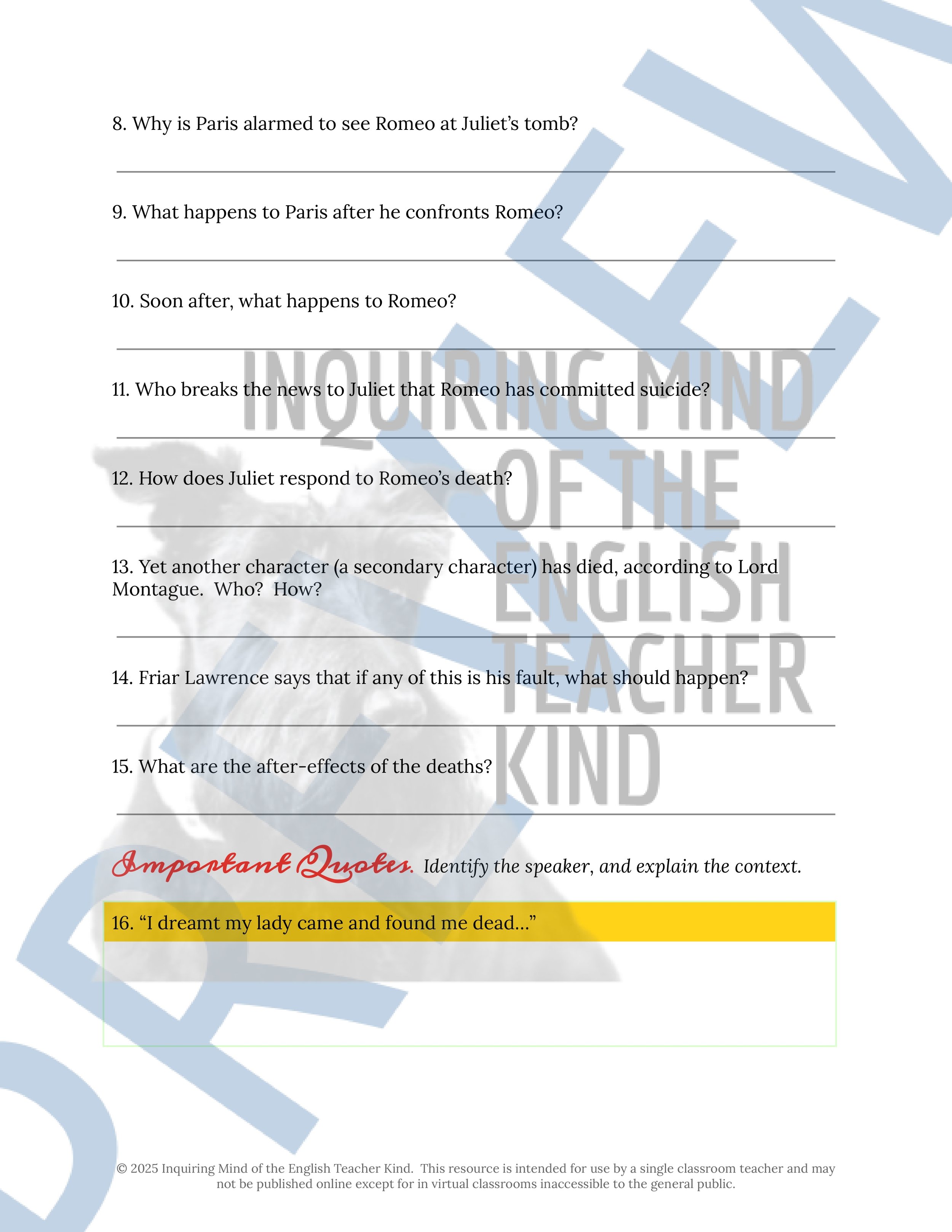 Image 1 of 81
Image 1 of 81

 Image 2 of 81
Image 2 of 81

 Image 3 of 81
Image 3 of 81

 Image 4 of 81
Image 4 of 81

 Image 5 of 81
Image 5 of 81

 Image 6 of 81
Image 6 of 81

 Image 7 of 81
Image 7 of 81

 Image 8 of 81
Image 8 of 81

 Image 9 of 81
Image 9 of 81

 Image 10 of 81
Image 10 of 81

 Image 11 of 81
Image 11 of 81

 Image 12 of 81
Image 12 of 81

 Image 13 of 81
Image 13 of 81

 Image 14 of 81
Image 14 of 81

 Image 15 of 81
Image 15 of 81

 Image 16 of 81
Image 16 of 81

 Image 17 of 81
Image 17 of 81

 Image 18 of 81
Image 18 of 81

 Image 19 of 81
Image 19 of 81

 Image 20 of 81
Image 20 of 81

 Image 21 of 81
Image 21 of 81

 Image 22 of 81
Image 22 of 81

 Image 23 of 81
Image 23 of 81

 Image 24 of 81
Image 24 of 81

 Image 25 of 81
Image 25 of 81

 Image 26 of 81
Image 26 of 81

 Image 27 of 81
Image 27 of 81

 Image 28 of 81
Image 28 of 81

 Image 29 of 81
Image 29 of 81

 Image 30 of 81
Image 30 of 81

 Image 31 of 81
Image 31 of 81

 Image 32 of 81
Image 32 of 81

 Image 33 of 81
Image 33 of 81

 Image 34 of 81
Image 34 of 81

 Image 35 of 81
Image 35 of 81

 Image 36 of 81
Image 36 of 81

 Image 37 of 81
Image 37 of 81

 Image 38 of 81
Image 38 of 81

 Image 39 of 81
Image 39 of 81

 Image 40 of 81
Image 40 of 81

 Image 41 of 81
Image 41 of 81

 Image 42 of 81
Image 42 of 81

 Image 43 of 81
Image 43 of 81

 Image 44 of 81
Image 44 of 81

 Image 45 of 81
Image 45 of 81

 Image 46 of 81
Image 46 of 81

 Image 47 of 81
Image 47 of 81

 Image 48 of 81
Image 48 of 81

 Image 49 of 81
Image 49 of 81

 Image 50 of 81
Image 50 of 81

 Image 51 of 81
Image 51 of 81

 Image 52 of 81
Image 52 of 81

 Image 53 of 81
Image 53 of 81

 Image 54 of 81
Image 54 of 81

 Image 55 of 81
Image 55 of 81

 Image 56 of 81
Image 56 of 81

 Image 57 of 81
Image 57 of 81

 Image 58 of 81
Image 58 of 81

 Image 59 of 81
Image 59 of 81

 Image 60 of 81
Image 60 of 81

 Image 61 of 81
Image 61 of 81

 Image 62 of 81
Image 62 of 81

 Image 63 of 81
Image 63 of 81

 Image 64 of 81
Image 64 of 81

 Image 65 of 81
Image 65 of 81

 Image 66 of 81
Image 66 of 81

 Image 67 of 81
Image 67 of 81

 Image 68 of 81
Image 68 of 81

 Image 69 of 81
Image 69 of 81

 Image 70 of 81
Image 70 of 81

 Image 71 of 81
Image 71 of 81

 Image 72 of 81
Image 72 of 81

 Image 73 of 81
Image 73 of 81

 Image 74 of 81
Image 74 of 81

 Image 75 of 81
Image 75 of 81

 Image 76 of 81
Image 76 of 81

 Image 77 of 81
Image 77 of 81

 Image 78 of 81
Image 78 of 81

 Image 79 of 81
Image 79 of 81

 Image 80 of 81
Image 80 of 81

 Image 81 of 81
Image 81 of 81


















































































Romeo and Juliet Close Reading Analysis Worksheets and Answer Keys Bundle
Challenge high school students to push beyond basic reading comprehension and exercise close reading analysis skills while engaging with Romeo and Juliet by William Shakespeare. Given the objective nature of the multiple choice questions, each close reading activity is rigorous enough for students to find deeper meaning in the text, yet convenient enough for teachers to quickly and efficiently gather data on their students' textual analysis skills. Included are twenty-five close reading worksheets, each addressing an individual scene, and answer keys. Materials are delivered in Word Document and PDF formats. (Alternatively, a Google Drive bundle option is available.) By the end of the play, students will:
Identify what the text states explicitly and implicitly
Define complex words as they are used in the text
Discern the intended effect of Shakespearean slang and figurative language as they are used in context
Explore how complex characters think, behave, develop, and interact
Think from the perspective of Romeo and Juliet in order to answer a question about symbolism
Use context to identify an opinion with which Friar Laurence would agree
Apply knowledge of literary devices including metaphor, simile, hyperbole, allusion, personification, oxymoron, dramatic irony, situational irony, and more
Determine the tone of given passages
Discern the functions of given passages
Examine the greater significance of a given detail
Compare elements of one scene with those of another
Conduct brief research on a variety of subjects including allusions to obscure mythological creatures and the author's biography
Argue whether Friar Laurence's decision to assist Juliet is consistent or inconsistent with his moral and religious duties
Explore relevant themes in the context of a scene
Support claims with relevant textual evidence
Write about Shakespearean drama with clarity, accuracy, and precision
Materials in this bundle may facilitate small-group discussions in which students decode language and pose/respond to questions relating to plot, broad topics, and character development.
Materials are available for teaching a variety of Shakespeare’s plays:
Challenge high school students to push beyond basic reading comprehension and exercise close reading analysis skills while engaging with Romeo and Juliet by William Shakespeare. Given the objective nature of the multiple choice questions, each close reading activity is rigorous enough for students to find deeper meaning in the text, yet convenient enough for teachers to quickly and efficiently gather data on their students' textual analysis skills. Included are twenty-five close reading worksheets, each addressing an individual scene, and answer keys. Materials are delivered in Word Document and PDF formats. (Alternatively, a Google Drive bundle option is available.) By the end of the play, students will:
Identify what the text states explicitly and implicitly
Define complex words as they are used in the text
Discern the intended effect of Shakespearean slang and figurative language as they are used in context
Explore how complex characters think, behave, develop, and interact
Think from the perspective of Romeo and Juliet in order to answer a question about symbolism
Use context to identify an opinion with which Friar Laurence would agree
Apply knowledge of literary devices including metaphor, simile, hyperbole, allusion, personification, oxymoron, dramatic irony, situational irony, and more
Determine the tone of given passages
Discern the functions of given passages
Examine the greater significance of a given detail
Compare elements of one scene with those of another
Conduct brief research on a variety of subjects including allusions to obscure mythological creatures and the author's biography
Argue whether Friar Laurence's decision to assist Juliet is consistent or inconsistent with his moral and religious duties
Explore relevant themes in the context of a scene
Support claims with relevant textual evidence
Write about Shakespearean drama with clarity, accuracy, and precision
Materials in this bundle may facilitate small-group discussions in which students decode language and pose/respond to questions relating to plot, broad topics, and character development.
Materials are available for teaching a variety of Shakespeare’s plays:







































































































































